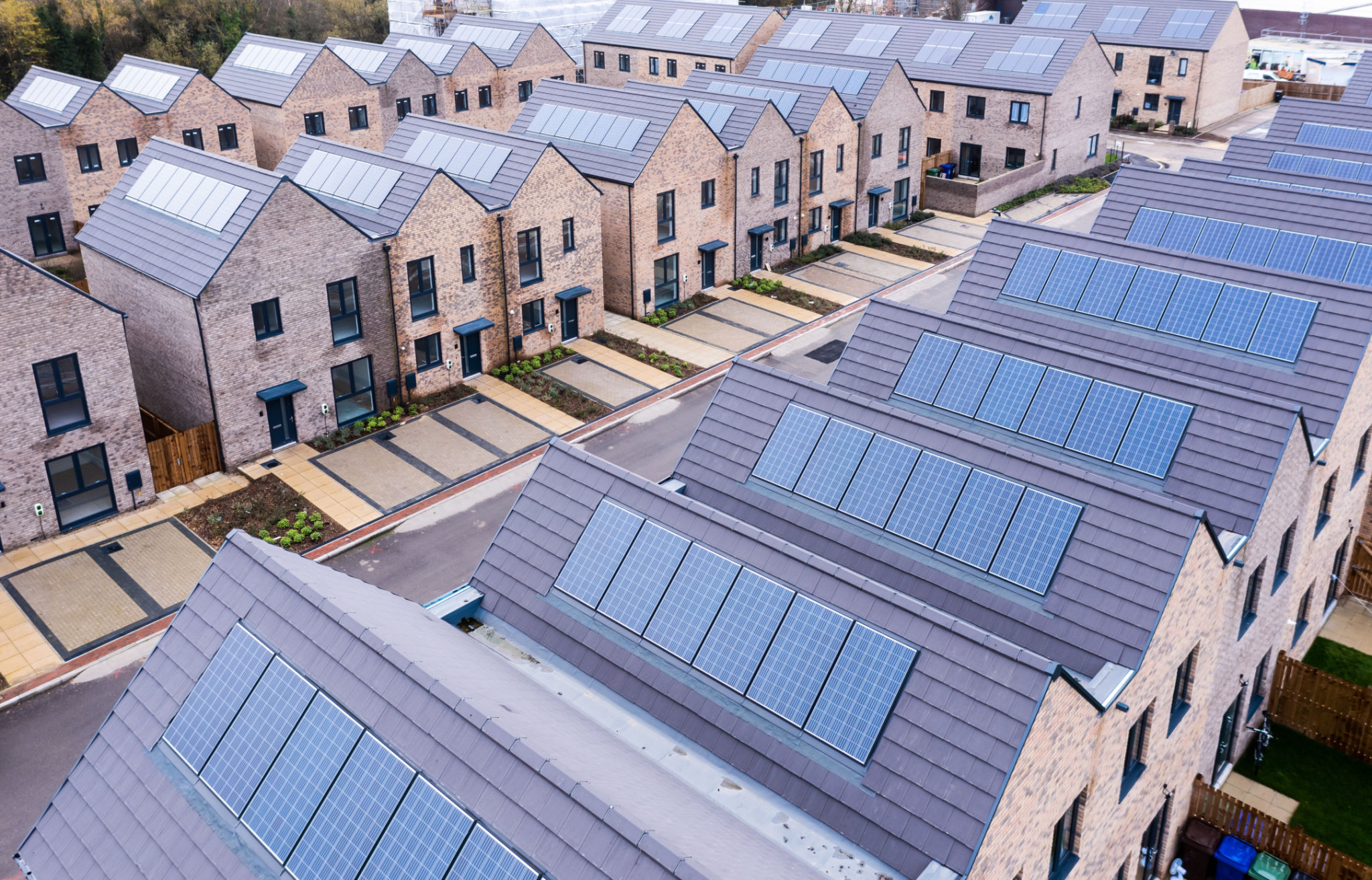Comparing Modular Houses and Traditional Homes: Which is Right for You?
ID
Understanding Modular Homes
Modular homes, often referred to as prefab homes, are built in sections or modules in a factory setting before being transported to the final site for assembly. This construction method has gained popularity for its efficiency and sustainability. The modules are constructed indoors, protecting them from weather-related delays and damage, ensuring a higher quality finish.
One of the key advantages of modular homes is the speed of construction. Since the modules are pre-built in a controlled environment, the assembly on-site can be completed in a matter of weeks, significantly faster than traditional homes. This can be a huge benefit for those needing a quick transition into their new home.

Cost Considerations
When it comes to cost, modular homes generally offer more affordability compared to traditional homes. The streamlined building process and reduced labor costs contribute to this. However, it’s important to note that the price can vary depending on the design complexity and customization options chosen.
Moreover, modular homes often have predictable pricing, reducing the likelihood of unexpected expenses during construction. This predictability can be appealing to budget-conscious buyers looking for more control over their spending.
Exploring Traditional Homes
Traditional homes are built entirely on-site using conventional construction methods. This process can take several months to over a year, depending on the size and complexity of the home. While this method is time-consuming, it allows for greater customization and flexibility during the build.
One of the significant benefits of traditional homes is their architectural variety. Homeowners have the freedom to work with architects and builders to design a home that perfectly suits their tastes and needs. This level of personalization is often seen as a major advantage.

Long-term Value
Traditional homes have long been associated with higher resale values, largely due to their perceived permanence and customization options. They often appreciate over time, making them a potentially lucrative investment for homeowners who plan to sell in the future.
Modular homes, while durable, have historically faced misconceptions about their value retention. However, with advancements in design and construction quality, many modular homes now rival traditional homes in both durability and long-term value.
Environmental Impact
Both modular and traditional homes offer unique environmental considerations. Modular homes tend to have a smaller carbon footprint due to efficient factory production processes and less waste generation. The controlled environment allows for better recycling practices and more sustainable building options.

On the other hand, traditional homes can incorporate green building techniques and materials that enhance energy efficiency. Homeowners can choose sustainable materials and technologies during the construction process to create an eco-friendly living space.
Making the Right Choice
Choosing between a modular home and a traditional home depends on various factors including budget, timeline, customization needs, and environmental priorities. Prospective homeowners should assess their personal preferences and priorities to make an informed decision.
Ultimately, both options offer distinct benefits and potential drawbacks. By considering the key differences highlighted above, you can determine which type of home aligns best with your lifestyle and goals.
